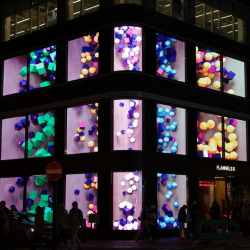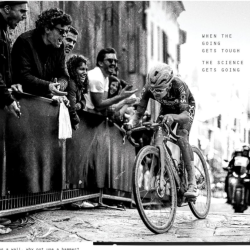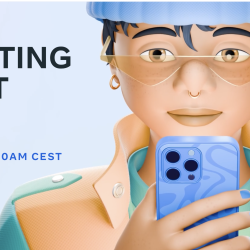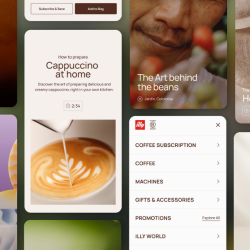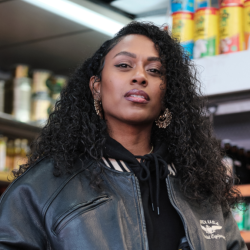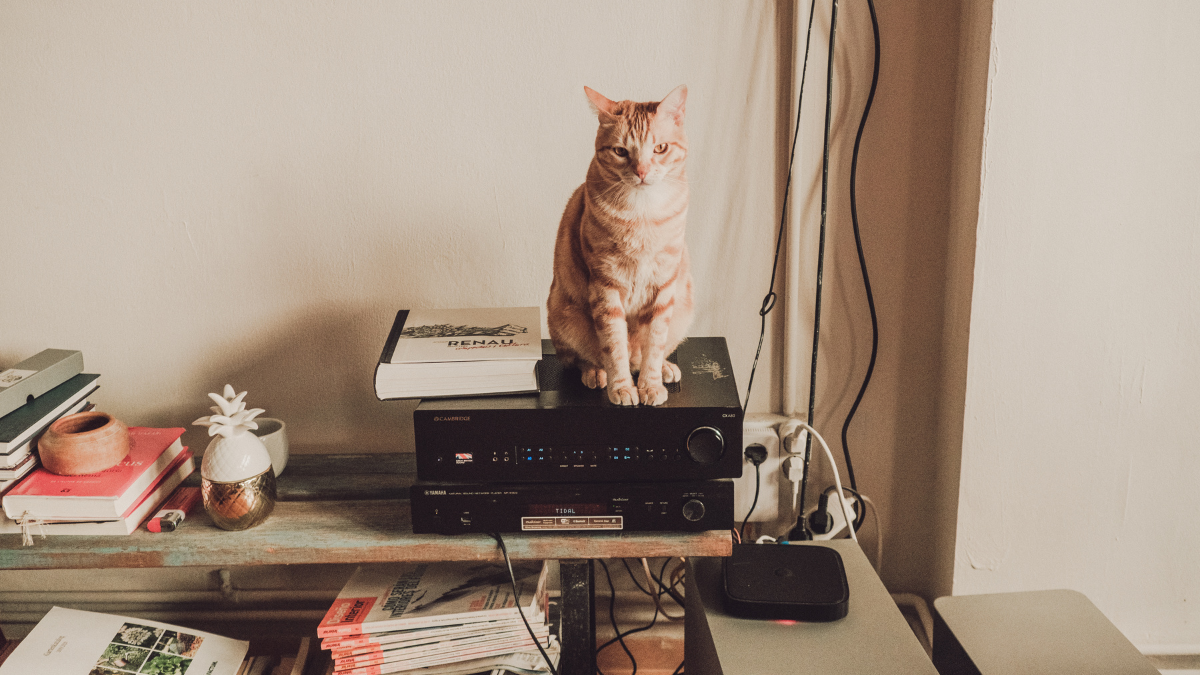Move over, Quiet Quitting. Forget the Great Resignation. It’s time to make room for Soft Life, a concept centred around reinforcing physical, mental and emotional wellbeing. Put simply, it’s about self-care and self-determination, putting ourselves first, taking a lot of time out and setting, testing and pushing our boundaries.
It’s a phrase first coined in Nigeria, then popularised by Black women online, referring to living a life of comfort and low stress, where we literally slow down the daily grind of life and take a more peaceful approach to prioritising our wellness and reclaiming our minds.
So why should brands take notice?
In a post-pandemic environment, when workplace and home patterns continue to be turned on their heads, Soft Life is becoming Gen Z’s next big talking point. And we’ve seen just how much of an influence they have to bear when it comes to wellbeing.
Gen Z has been slowly changing the wellness landscape in the last 12 months, rebelling against the productivity and hustle directive upheld by the Millennial generation by pushing back on working long hours, requesting mental health days off and taking active steps to put their wellbeing first. And they’ve been vocal about telling it like it is — admitting they might not be okay, asking for help and expecting their employers — and brands to meet their emotional needs in genuine and sincere ways.
Soft Life takes wellness changes further. It’s about experimenting with different approaches to work-life balance, being brave enough to set and push the boundaries and admitting that we might be uncomfortable doing so — both in our home life and in the workplace.
For brands that recognise this wellbeing shift, there is a real opportunity to positively affect consumer wellness and to play a prominent part in the Soft Life movement. We’ve seen Nike blaze a trail with its more holistic approach to wellness with the introduction of ‘Nike Mind Sets’, a movement programme focused on how people feel, which helps members move in any way that feels good for their mental wellbeing.

Revlon is another example of a brand taking active steps in the wellness space. In May, the beauty brand teamed up with mental health care experience provider Real to launch a campaign based around the concept of ‘Caring for your mental health is beautiful.’ The brand’s aim is to help find the beauty in removing some of the barriers and stigma around seeking information on mental health.
Revlon offered year-long Real memberships to 300 US-based employees, while consumers could also take advantage of special offers when accessing the Real platform. Revlon also made a charitable donation to financially support Mental Health America.
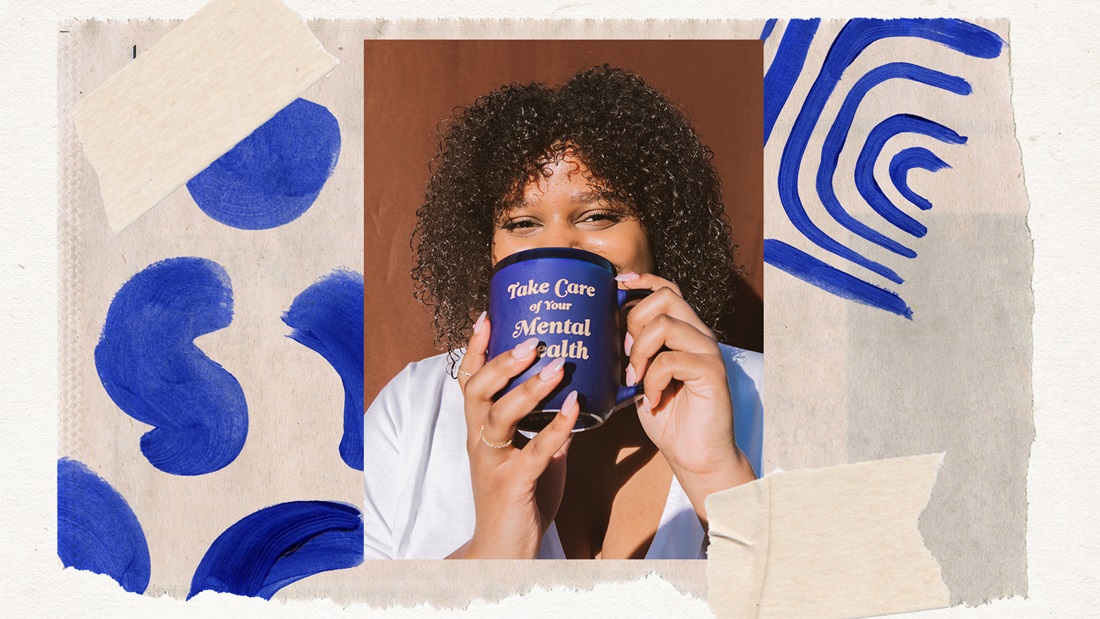
And just last month, the BBC launched the Moodboosters initiative, to help children recognise and manage their feelings. It’s in partnership with BBC Education and BBC Children in Need and features videos and additional resources, aimed at getting the UK’s primary school-aged children to enjoy physical exercise and learn more about how it can positively affect their mental health and wellbeing.
Here are some steps from our upcoming trend report that brands can take to embrace and support future wellness concepts:
- Research what wellness means for a target audience and create a strategy to align with that definition. Different generations approach wellness in different ways. Our research found that Gen Z consider wellness to be centred around physical and mental health considerations with a particular focus on happiness and emotional balance. Millennials care more about work/life balance, peace of mind and maintaining meaningful relationships. Having this insight into what is important for a brand’s target audience will ensure their wellness initiatives connect. As people go through life their wellness needs will change and so brands should keep up with their target demographics needs by maintaining an open dialogue with their user base.
- Take a long-term approach to wellness, especially if focusing on mental health. It is such an important issue and requires time and effort to affect real change, it is not something that can be dealt with in a quick fix/one size approach. Have wellness initiatives weaved in to the culture of the brand, benefiting both employees and consumers. Initiatives need to go beyond shouting about World Mental Health Day and genuinely make a difference. Successful examples include offering ongoing access to therapy for staff, establishing partnerships with mental health/wellness services that are made available or discounted for consumers or establishing long-term partnerships supporting mental health charities.
- Take a multi-touchpoint approach like the above brand examples to really affect change, for example practical direct help to consumers, financial support to wellness charities, staff training and supporting employees with their own wellness and mental health. It is not enough to just look after wellness of consumers and not consider employees and vice versa. A holistic approach is necessary.
As we welcome in 2023, doubtless we’ll be inundated with the traditional get fit frenzy of discounted gym memberships and ways of transforming ourselves from couch potatoes into fitness enthusiasts. But there’s a lot more at stake with wellness today, and Soft Life is just the start.
Featured Image: Mike Marchetti / Baseimage



